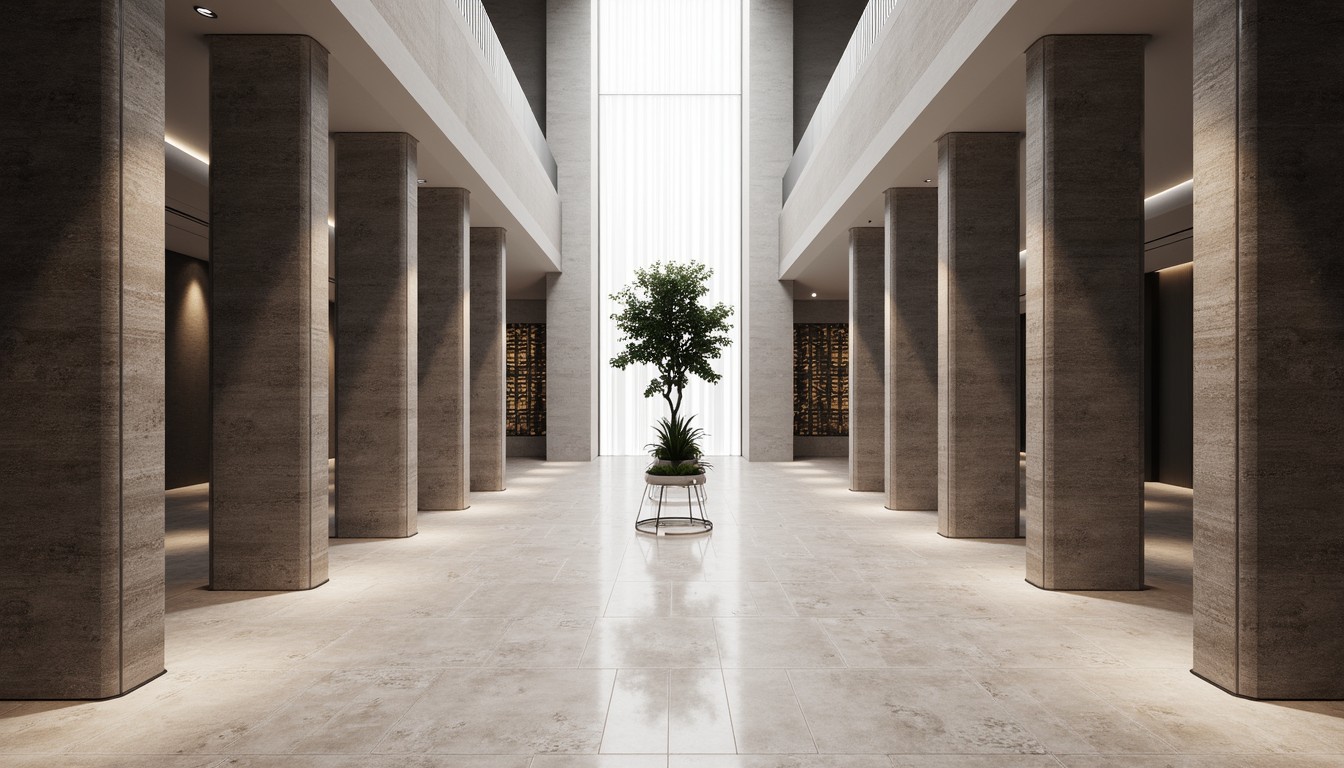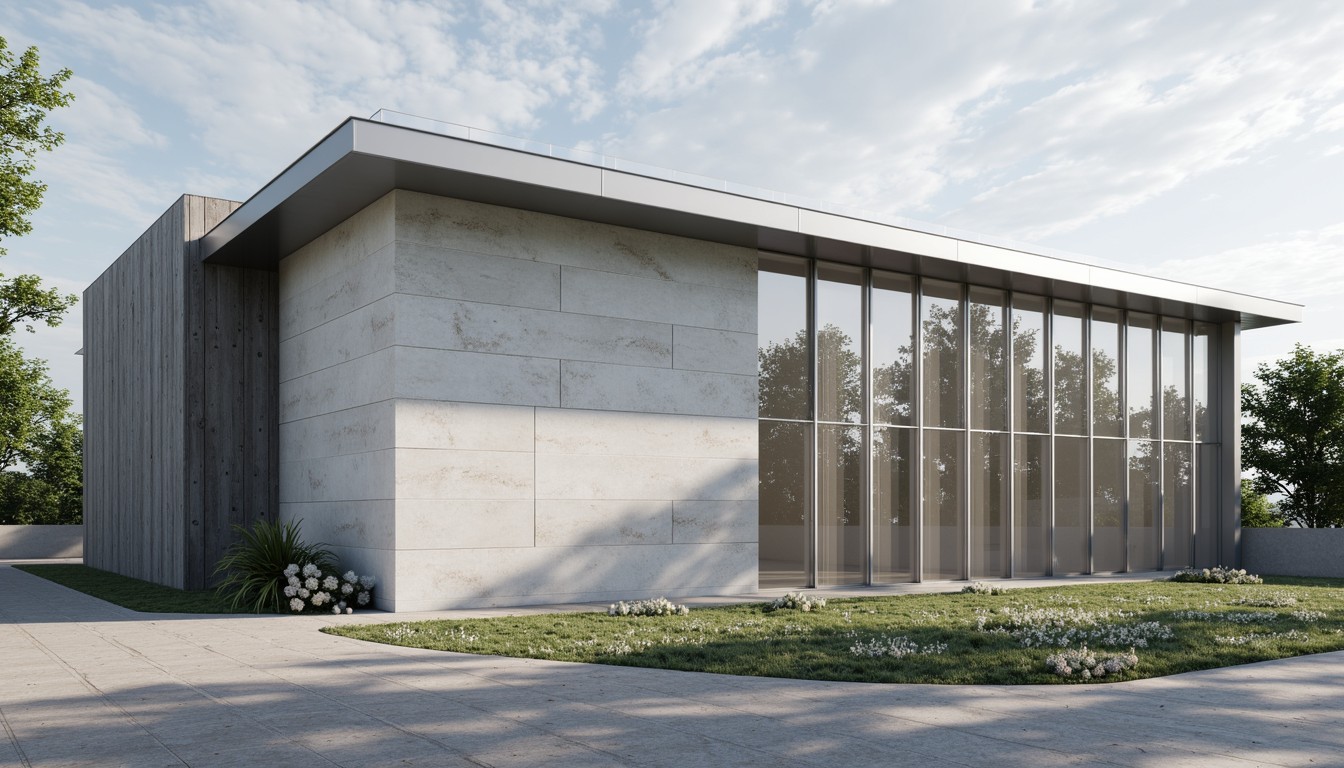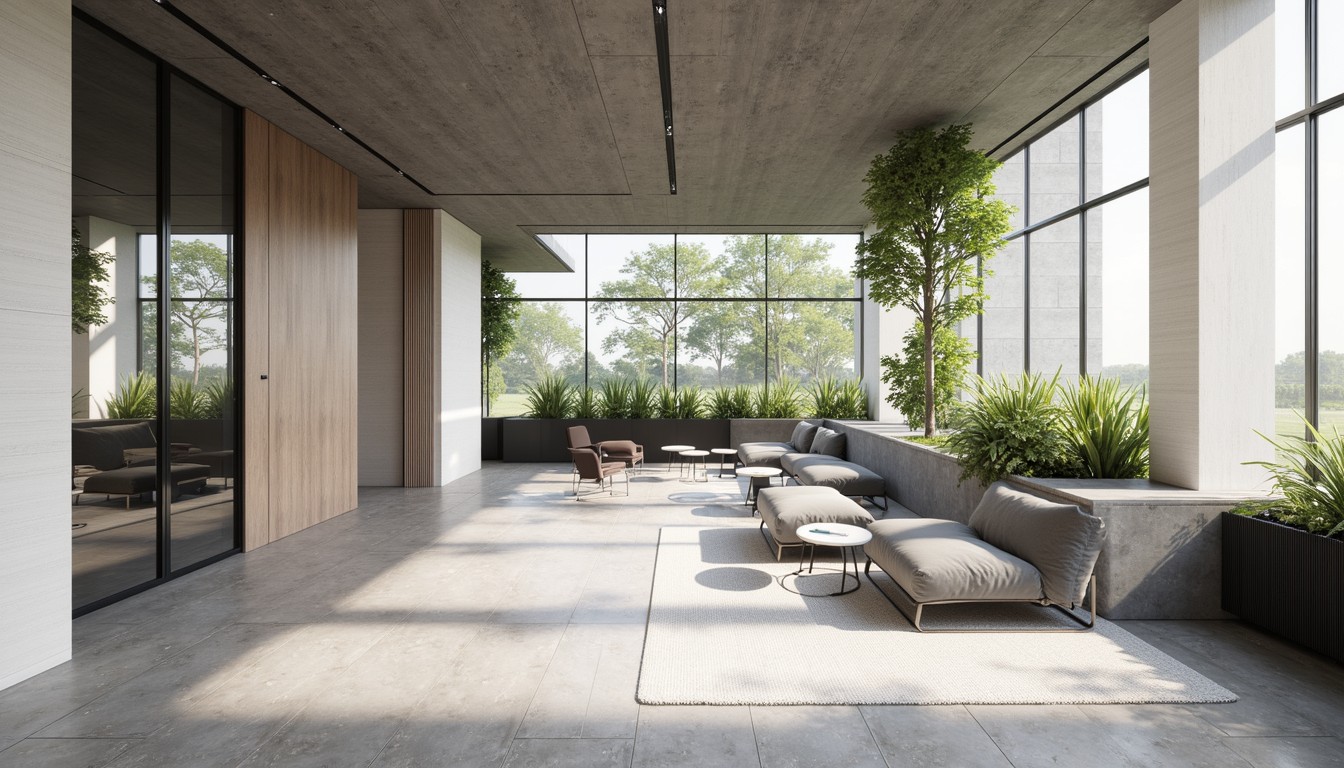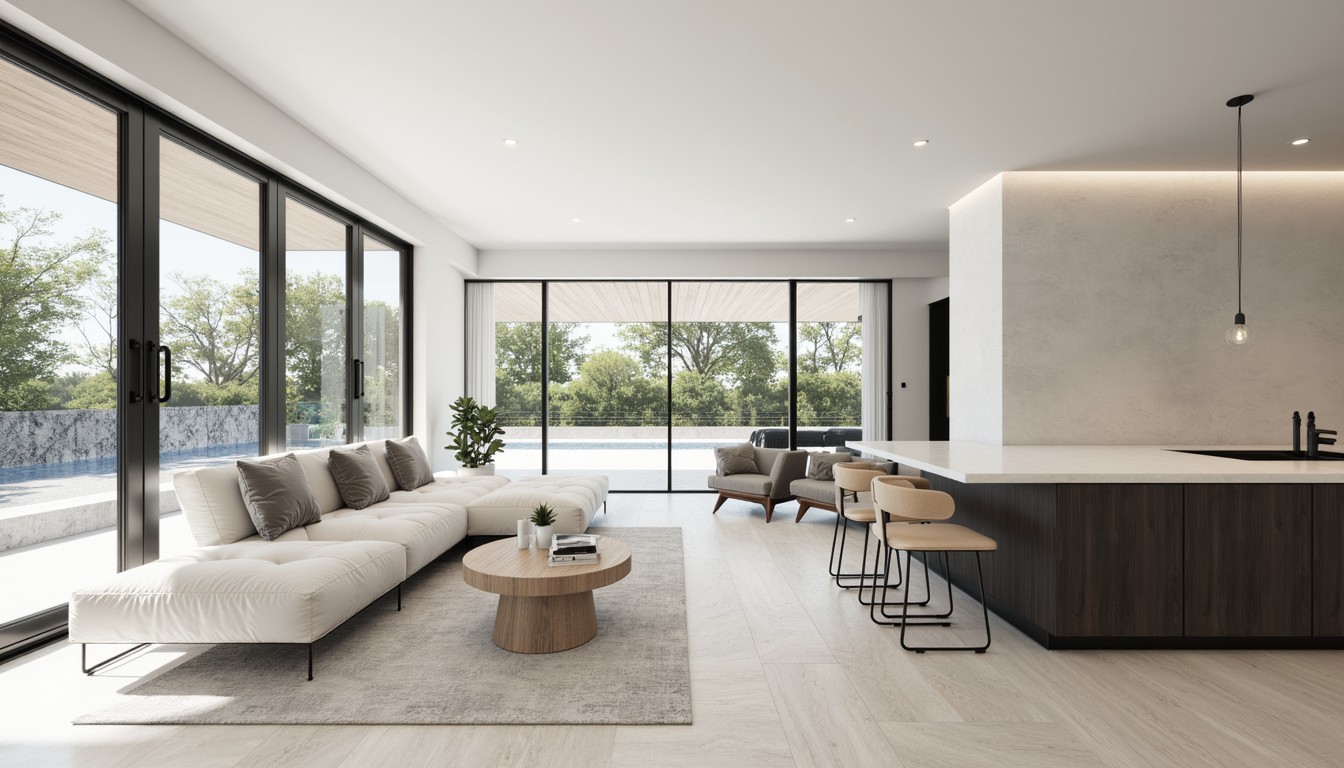AI-Powered Space Planning: A Design Revolution
The architectural landscape is undergoing a dramatic transformation, fueled by the rapid advancements in artificial intelligence (AI). One area experiencing a particularly significant shift is space planning, a crucial stage in any architectural project. AI-powered space planning tools are no longer a futuristic fantasy; they're becoming indispensable assets for architects and designers, offering unprecedented levels of efficiency, creativity, and precision.
Understanding the Power of AI in Space Planning

Traditional space planning is a time-consuming and iterative process. Architects spend countless hours sketching layouts, refining designs, and considering various constraints like building codes, client preferences, and budgetary limitations. AI algorithms are changing this paradigm. They can analyze vast datasets, including building regulations, client briefs, and even 3D models, to generate multiple space planning options in a fraction of the time it would take a human.
This efficiency boost is not merely about speed; it's about unlocking new levels of creative potential. AI can explore design possibilities that might be overlooked by human designers, suggesting innovative layouts and configurations that optimize space utilization and functionality. By considering various factors simultaneously, AI can identify optimal solutions that balance aesthetics, functionality, and cost-effectiveness.
Key Applications of AI in Space Planning
The applications of AI in space planning are diverse and rapidly expanding. Here are some key areas where AI is making a significant impact:
1. Automated Layout Generation:
AI algorithms can automatically generate multiple floor plans based on specified parameters, such as the number of rooms, their sizes, and desired relationships. This allows architects to quickly explore a wide range of design options and select the most suitable one.
2. Space Optimization:
AI can analyze existing spaces to identify areas for improvement, suggesting modifications to maximize functionality and efficiency. This is particularly useful in renovations and repurposing projects, where maximizing existing space is crucial.
3. Compliance and Code Checking:
AI can automate the process of checking designs for compliance with building codes and regulations, reducing the risk of errors and delays. This ensures that designs meet all necessary requirements from the outset.
4. Client Collaboration and Visualization:
AI-powered platforms can facilitate seamless collaboration between architects and clients. Interactive 3D models and virtual reality experiences allow clients to visualize the proposed designs and provide feedback, leading to more informed and collaborative design processes.
5. Predictive Analytics:
AI can analyze data from past projects and market trends to predict future demand and optimize space planning accordingly. This is particularly valuable for large-scale developments and commercial projects.
Real-World Examples and Case Studies

Several architectural firms are already leveraging AI-powered space planning tools to streamline their workflows and enhance their design capabilities. For example, some firms utilize AI to optimize hospital layouts for efficient patient flow, while others use it to design flexible office spaces that can adapt to changing work patterns. The integration of AI into architectural practices is proving to be a significant competitive advantage.
Challenges and Considerations
While the potential benefits of AI in space planning are substantial, it's crucial to acknowledge the challenges. Data privacy and security are significant concerns, as AI algorithms require access to sensitive information. Furthermore, the reliance on algorithms raises questions about the role of human creativity and intuition in the design process. Architects need to find the right balance between leveraging AI's capabilities and maintaining their creative control.
The Future of AI in Space Planning

The future of AI in space planning is bright. We can expect further advancements in algorithm capabilities, leading to even more sophisticated and intuitive design tools. The integration of AI with other technologies, such as virtual reality and augmented reality, will further enhance the design process, creating more immersive and collaborative experiences.
ArchNav: Your Partner in AI-Powered Architectural Visualization
At ArchNav, we are at the forefront of this technological revolution. We leverage the power of AI to create stunning and accurate architectural visualizations, seamlessly integrating AI-powered space planning into our services. Our team of expert architects and AI specialists work collaboratively to deliver innovative and efficient solutions, ensuring that your vision is realized with unparalleled precision and creativity. Contact us today to learn how ArchNav can help you harness the power of AI to transform your space planning process.
